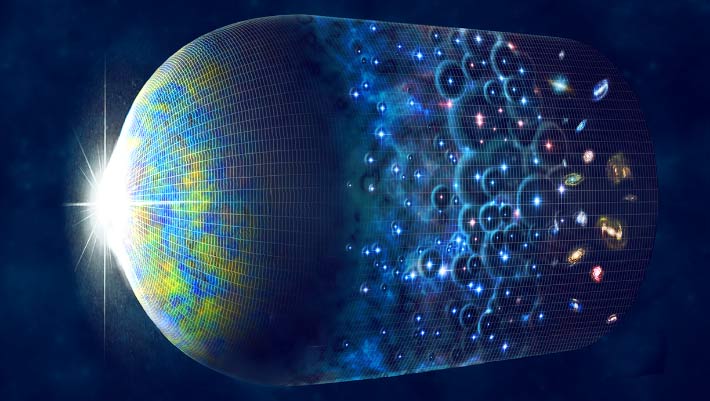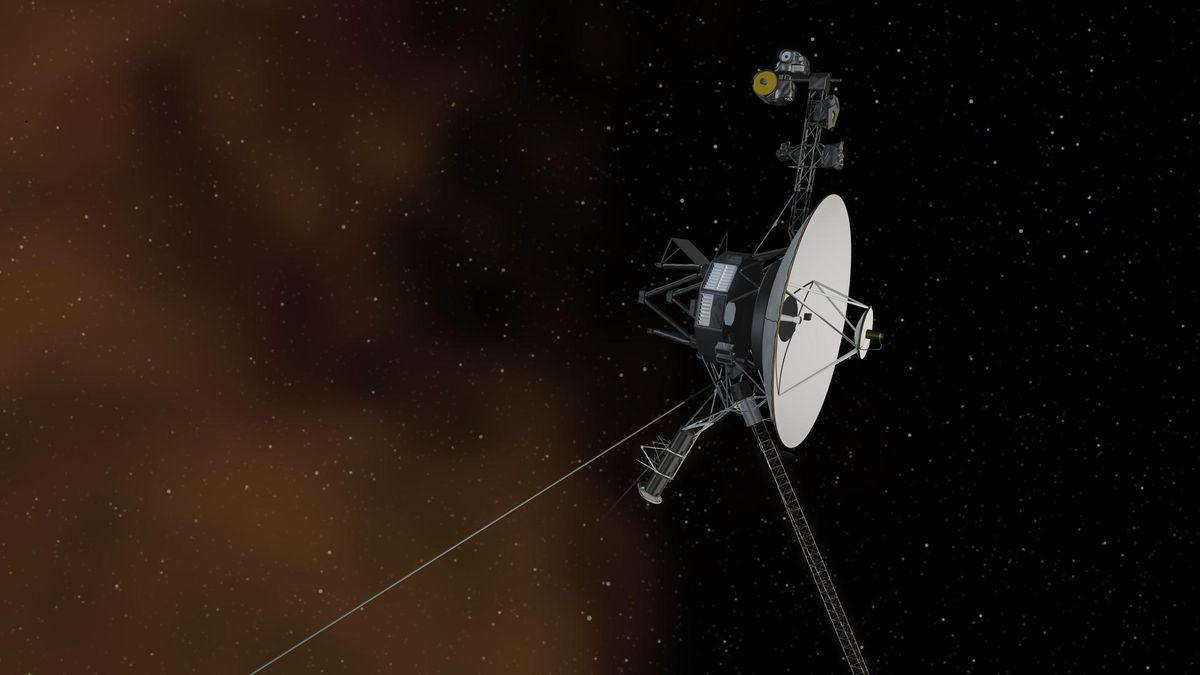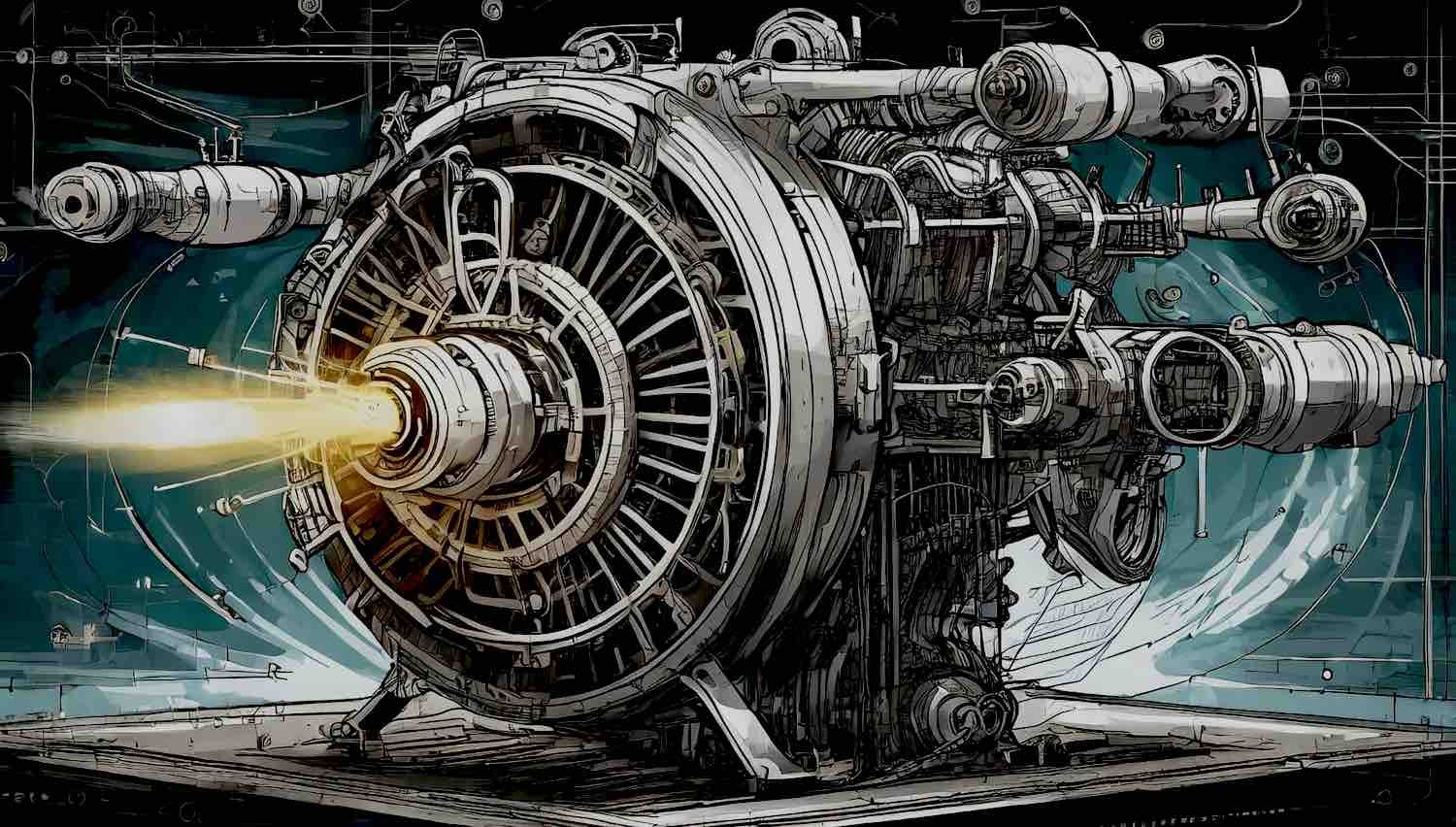NERD ALERT

Nothing "new" here in concept. Two secs on background.
Cosmologists have been arguing about the Universe's origins for millennia.
Expanding, not expanding, big bang or not, etc., Consensus is there was a "big bang", followed by "inflation", and nearly 14B years later its STILL explanding.
Lotta nerdy stuff in what I just wrote, but ONE thing has been bugging the folks who believe in "big bang". Universe SHOULD be expanding at "same ratte" everywhere you look IN IT.
But its not.
They thought for 100 years that our measurement tools werent good enough.
Now Jimbo is best we've got and even IT has measured and semms to have this differential expansion rate (it appears to be expanding a different rates, depending on where you look

source: After 2 years in space, the James Webb telescope has broken cosmology. Can it be fixed?
The "headline" for the space kids, including folks who have been granted Nobel Prizes for their work: We kinda STILL don't know what we THOUGHT we knew.
Actually fascinating work, WAY over my pay grade. But its, by crude analogy, like somebody telling me the Earth is really flat -- yeah, some folks really believe that to THIS day .. but I ain't one of 'em.
Anyway, link above can help ya veg out to your hearts content. This really is a big deal though for the space kids, where once again, just when we think we have a bead on things, we DONT/MAY NOT.
Nothing "new" here in concept. Two secs on background.
Cosmologists have been arguing about the Universe's origins for millennia.
Expanding, not expanding, big bang or not, etc., Consensus is there was a "big bang", followed by "inflation", and nearly 14B years later its STILL explanding.
Lotta nerdy stuff in what I just wrote, but ONE thing has been bugging the folks who believe in "big bang". Universe SHOULD be expanding at "same ratte" everywhere you look IN IT.
But its not.
They thought for 100 years that our measurement tools werent good enough.
Now Jimbo is best we've got and even IT has measured and semms to have this differential expansion rate (it appears to be expanding a different rates, depending on where you look
source: After 2 years in space, the James Webb telescope has broken cosmology. Can it be fixed?
The "headline" for the space kids, including folks who have been granted Nobel Prizes for their work: We kinda STILL don't know what we THOUGHT we knew.
Actually fascinating work, WAY over my pay grade. But its, by crude analogy, like somebody telling me the Earth is really flat -- yeah, some folks really believe that to THIS day .. but I ain't one of 'em.
Anyway, link above can help ya veg out to your hearts content. This really is a big deal though for the space kids, where once again, just when we think we have a bead on things, we DONT/MAY NOT.
Last edited:





















